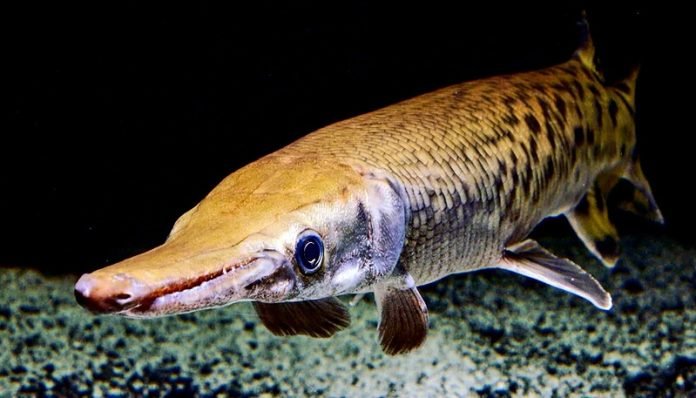
Imagine animals that look almost exactly the same as their ancestors did millions of years ago, like they’ve been frozen in time while everything else around them evolved.
These creatures, known as “living fossils,” have puzzled scientists for a long time.
A recent study brings us closer to understanding why these ancient animals haven’t changed much over the eons.
Charles Darwin first introduced the term “living fossils” back in 1859.
He used it to describe species that have remained virtually unchanged from their ancestors found in the fossil record. Fast forward to today, researchers have found a fascinating example of living fossils: the gar fish.
Gar fish are an ancient group of fish that have barely changed since the time of the dinosaurs. They’re practically identical to their fossil relatives from about 150 million years ago, during the Jurassic period. But why?
A new study published in the journal Evolution offers some clues.
The study, led by Thomas J. Near, a professor at Yale University, reveals that gar fish have the slowest rate of genetic changes compared to other jawed vertebrates. This slow pace of change means their DNA doesn’t evolve as quickly as other animals’.
The researchers linked this to a process called hybridization, where two different species of gar fish can mate and produce offspring, even though they last shared a common ancestor during the dinosaur age. This slow evolution has resulted in gar fish having very low species diversity.
The researchers believe that gar fish might have an exceptionally good DNA repair system. This system allows them to fix changes in their DNA more efficiently than other animals. If this is true, it could be big news for human health.
Many human diseases, including cancer, are caused by DNA changes that our bodies can’t repair. Understanding how gar fish repair their DNA might help us improve our own health.
The study analyzed the DNA of 471 species of jawed vertebrates and found that gar fish evolve up to a thousand times more slowly than other vertebrates. This slow evolution is not just limited to gar fish; sturgeon and paddlefish show similar patterns, but gar fish provided the strongest data.
In Texas, two species of gar fish, the alligator gar and the longnose gar, which have been separated for at least 100 million years, can still mate and produce viable offspring. This is the oldest known case of such distant relatives being able to hybridize among all animals, plants, and fungi.
This ability suggests that the slow genetic changes in gar fish prevent them from becoming distinct species and evolving new physical traits.
This discovery challenges the idea that living fossils are merely oddities. Instead, it shows they are key to understanding the evolutionary process. Living fossils like gar fish not only give us a glimpse into the past but could also have implications for our future, especially in medical research.



